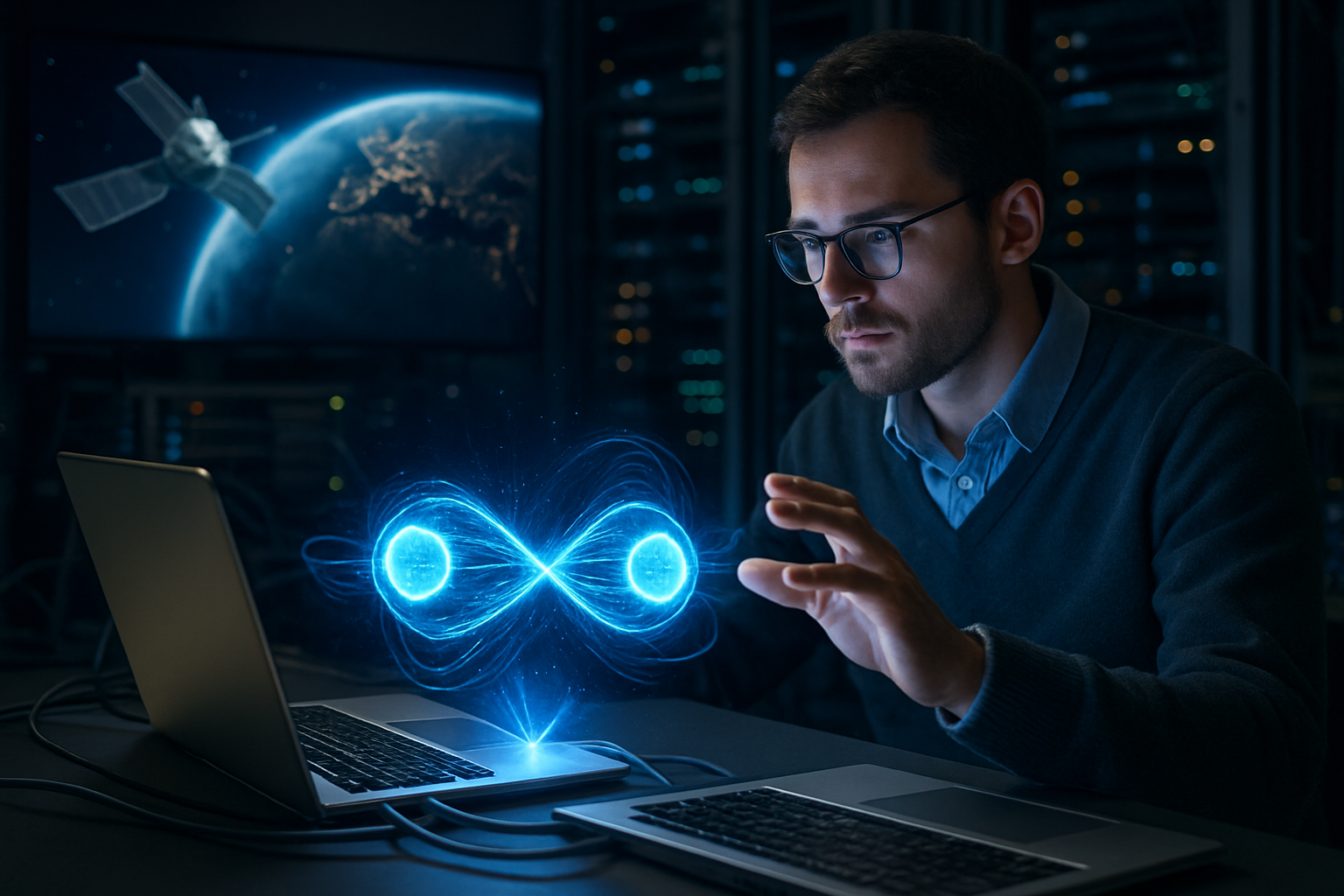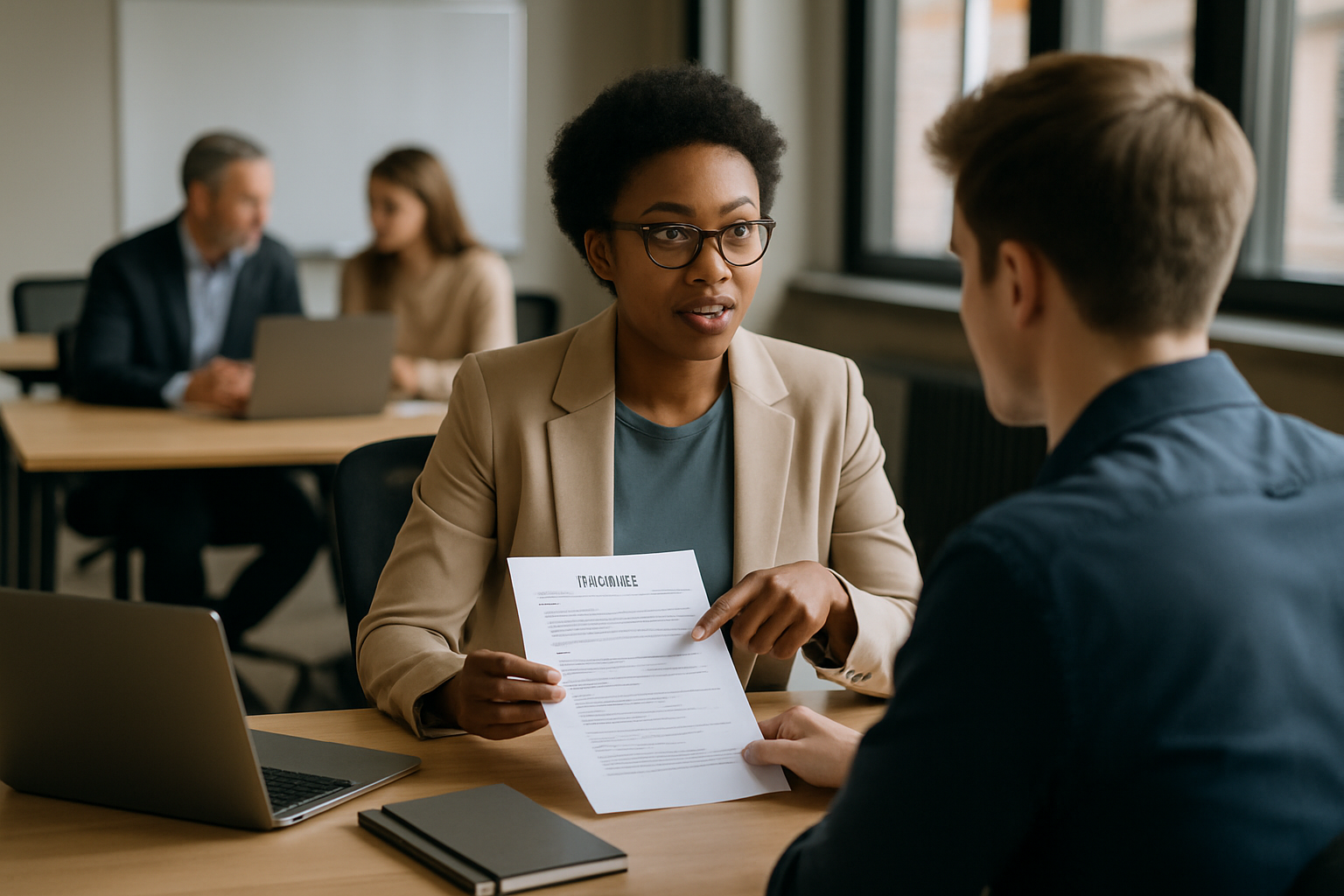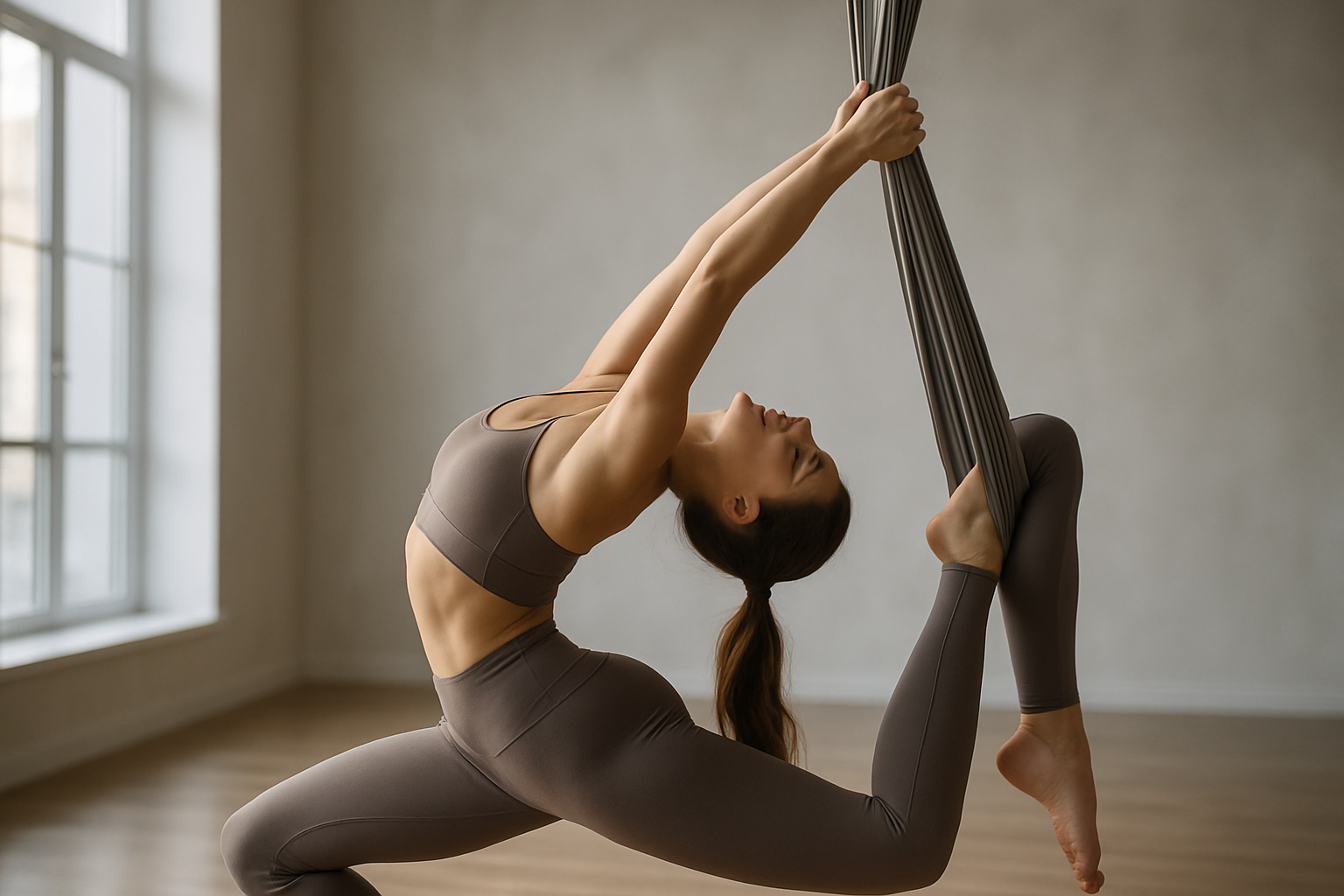Unraveling the Intricacies of Holographic Concerts: A New Age of Performances
In an era where technological advancements are pushing the boundaries of creativity, a recent trend has emerged in the entertainment industry, breathing new life into performances: Holographic Concerts. Once the realm of science fiction, holography has now become an exciting reality, significantly transforming the concert experience. This cutting-edge technology has not only created a new platform for artists to showcase their talent but also offers audiences an unforgettable, immersive spectacle.

The Genesis of Holographic Concerts
The concept of holographic concerts was born out of technological innovation and a desire to revolutionize the traditional concert experience. The journey began in the early 2000s when Musion, a holographic technology company, developed the first practical applications of holography for live events. However, it was the posthumous appearance of rapper Tupac Shakur at the Coachella Music Festival in 2012 that truly propelled holographic concerts into the mainstream consciousness.
The Current State of Holographic Performances
Fast forward to today, and holographic concerts are no longer an uncommon sight. From deceased legends like Whitney Houston to K-pop sensation ABBA, numerous artists have been resurrected on stage through this technology. This trend has also been fueled by the global pandemic, as artists and event organizers explore innovative ways to connect with audiences while adhering to social distancing rules.
Impact and Reception of Holographic Concerts
Holographic concerts have had a significant impact on the entertainment industry, opening doors for endless possibilities. This technology allows artists to perform in multiple locations simultaneously and offers a solution for preserving the legacies of late musicians. However, the reception has been mixed. While many applaud the innovation, critics argue that these performances lack the authenticity of a live concert experience and raise ethical concerns about consent and exploitation.
The Future of Holographic Concerts
Despite the controversies, the future of holographic concerts seems promising. As technology continues to evolve, these performances are expected to become more realistic, interactive, and accessible. While the holographic concert trend is still in its nascent stages, its potential to reshape the entertainment landscape is undeniable.
In a world where technology is progressively blurring the lines between reality and illusion, holographic concerts offer a fresh, exciting perspective on live entertainment. As this trend continues to evolve, it will undoubtedly continue to spark debates, push boundaries, and transform the concert experience as we know it.





